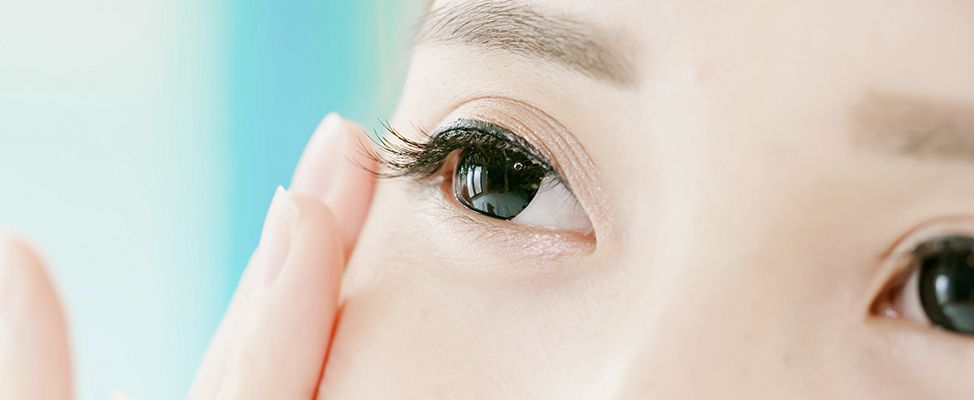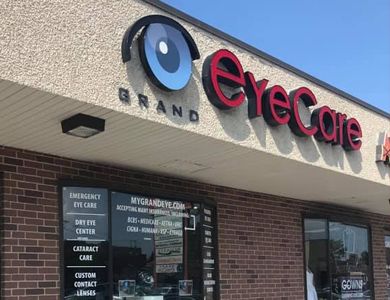Dry eye is a part of ocular surface disease, not only a symptom.
Ocular surface disease impacts the health of the eye. Left untreated, it can cause scarring, neovascularization, pain, and increased risk of eye infections. While patients might have symptoms, there are numerous individuals that have no symptoms at all.
Eye conditions that cause ocular surface disease include: meibomian gland dysfunction, blepharitis, aqueous deficient dry eye, demodex, and rosacea.
In addition, our doctors conduct a thorough review of your medical history to determine your risk of ocular surface disease, which includes: age, computer use, medications, high blood pressure, diabetes, hypothyroid, hyperthyroid, sjogren’s syndrome, lupus, sarcoidosis, rheumatoid arthritis, and graft-vs-host disease.

What symptoms do you have?
My eyes are dry. My eyes are watery. I have to rub my eyes. My eyes burn. My eyes itch. My eyes are light sensitive. My vision fluctuates. My contact lenses dry out. My contact lenses are uncomfortable. And yes, you can have ocular surface disease without symptoms.
Contact lens related dryness
Contact lenses drying out? Uncomfortable to wear? Using eye drops for contact lenses frequently? The problem isn’t your contact lenses - it’s your eye. Ocular surface disease makes wearing contact lenses uncomfortable for many patients. Treating the underlying problems of the eye can help get you back to wearing contact lenses.
It’s time for change
Artificial tears, eye drops, and medications like Restasis don’t treat the underlying problems that cause ocular surface disease. These drops only work to give temporary symptom relief. So you keep taking drops, having symptoms, and the condition continues to worsen. Why not treat the underlying problem?
Provide your eyes with the oxygen and nutrients they need and stabilize your vision with MEIBOOST. Schedule your consultation for MEIBOOST today.
Schedule Consultation










